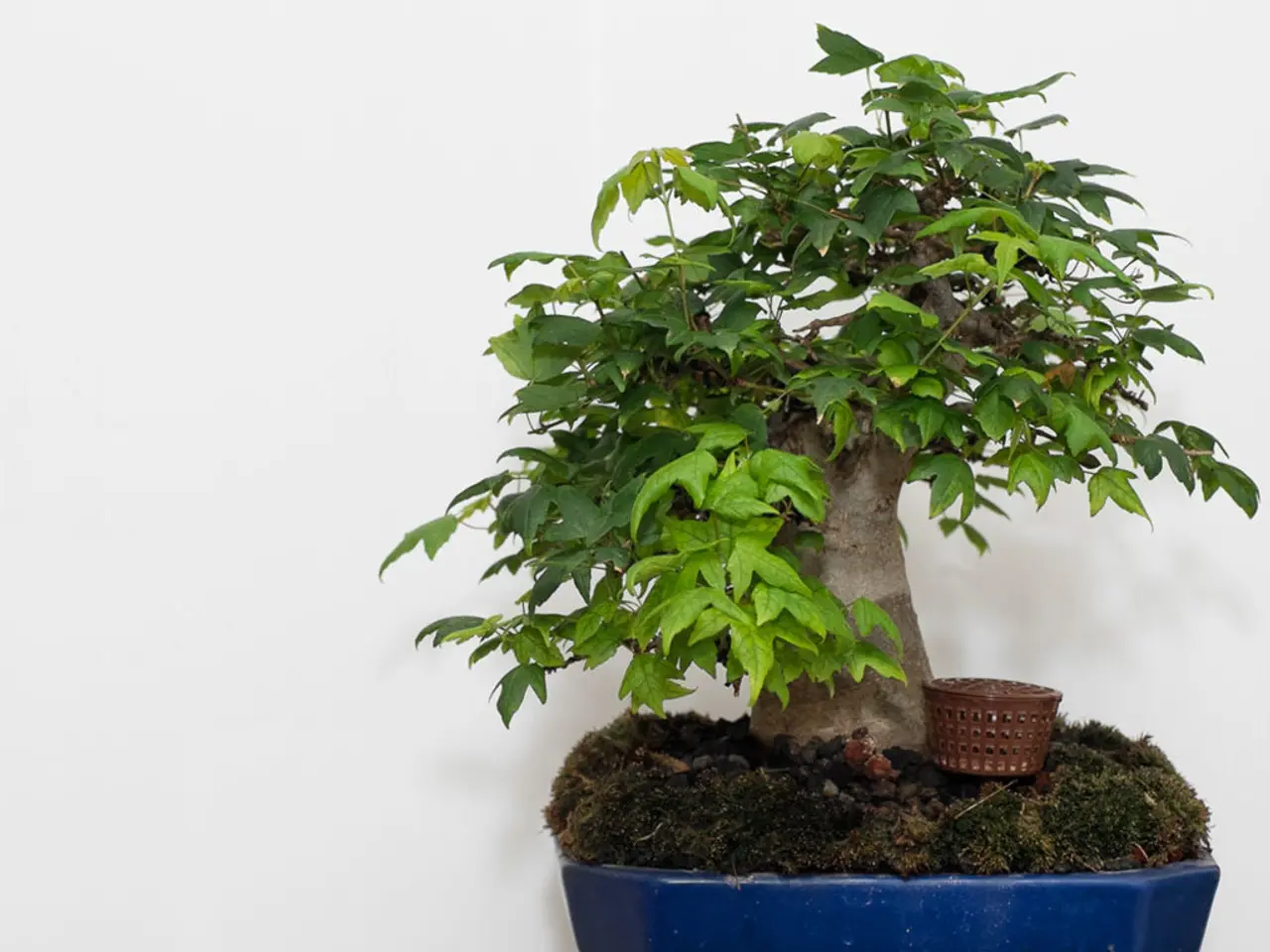Bonsai Leaf Removal Methods and Problems Solving Strategies
In the world of bonsai, defoliation plays a crucial role in shaping and maintaining these miniature masterpieces. By understanding the intricacies of defoliation, bonsai enthusiasts can create stunning, highly refined trees that showcase their artistic vision and dedication to the craft.
Defoliation, the process of removing leaves or needles, impacts the growth of bonsai trees. It redirects energy from reproductive growth to foliage regrowth, which can significantly influence flowering and fruiting. However, the approach to defoliation varies depending on the species of the bonsai tree.
Broadleaf deciduous bonsai species, such as maples and elms, are optimized by complete defoliation. This process encourages new growth and contributes to the development of a more refined silhouette. On the other hand, pine bonsai should be treated by needle plucking, a more selective approach that maintains the natural appearance of the tree while promoting new growth.
Winter defoliation is generally not recommended as it can cause undue stress, potentially leading to weakened trees and reduced spring growth. Indoor and greenhouse bonsai trees can benefit from defoliation, but careful consideration is necessary due to controlled environmental conditions.
Advanced bonsai defoliation techniques involve species-specific nuances, growth stage, and overall health considerations. When tenderly coaxing newly collected or recently transplanted bonsai material, exercise caution as defoliation can be too intense, causing undue stress.
A balanced approach to defoliation is key. Regular pruning is essential, but repetitive defoliation should be avoided. Aim for 2-3 defoliations per growing season to ensure the tree maintains its vitality while achieving the desired shape.
Deciduous species typically respond well to complete defoliation in the summer, while evergreen species may require partial defoliation in the spring or fall. Timing is crucial in the art of advanced bonsai defoliation.
By mastering these advanced techniques, enthusiasts can transform their bonsai into breathtakingly beautiful works of art. Advanced defoliation can become a powerful tool for achieving exceptional results and elevating one's skills to the next level. The art of advanced bonsai defoliation harmonizes timing, technique, and species-specific nuances, yielding trees that are at once refined, resilient, and a testament to the dedication of their caretakers.
Read also:
- International cooperatives associated with OCOP (One Commune One Product) are actively exploring strategies to access and penetrate foreign markets.
- Federal health clinics in Maine seek restoration of withheld Medicaid financing, filing a lawsuit against the Trump administration over funding reductions.
- Tezos' Etherlink Broadens Its Gaming Offerings with Incorporation of Pikes Arena and Cricket Champions
- Depakote Cost in 2025: Discounts and Additional Savings Options








